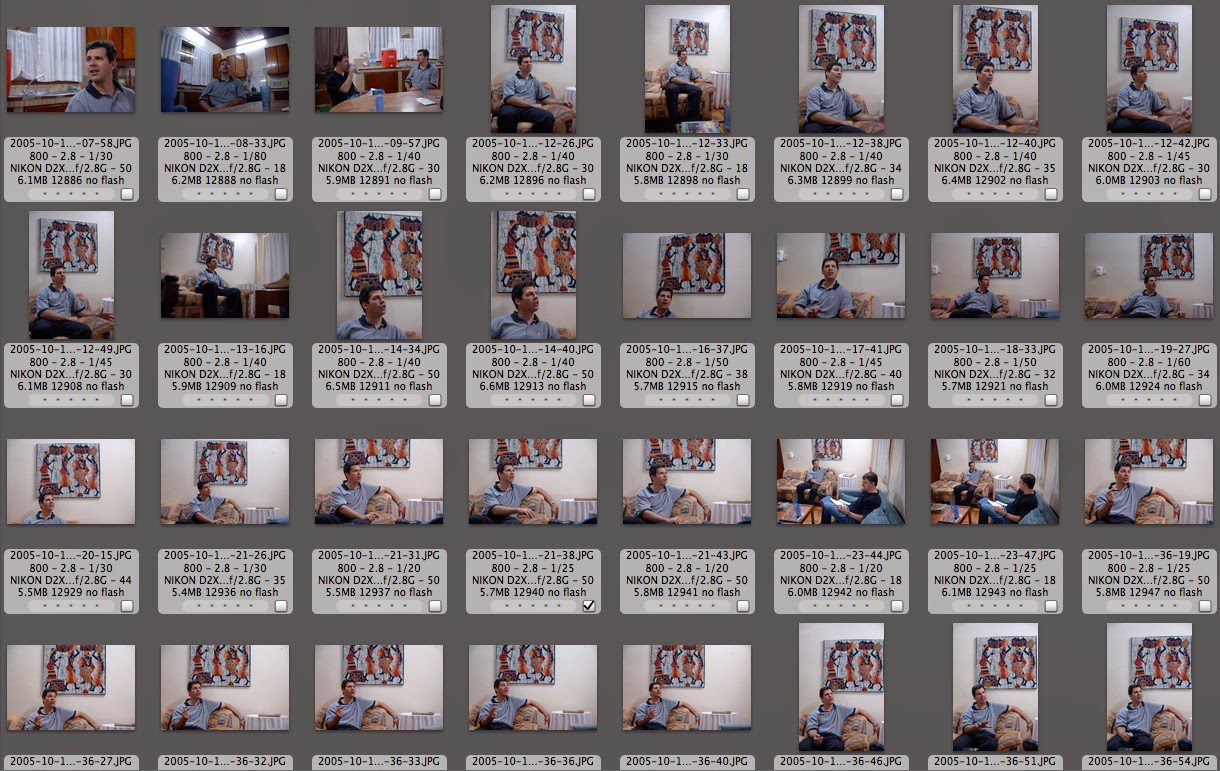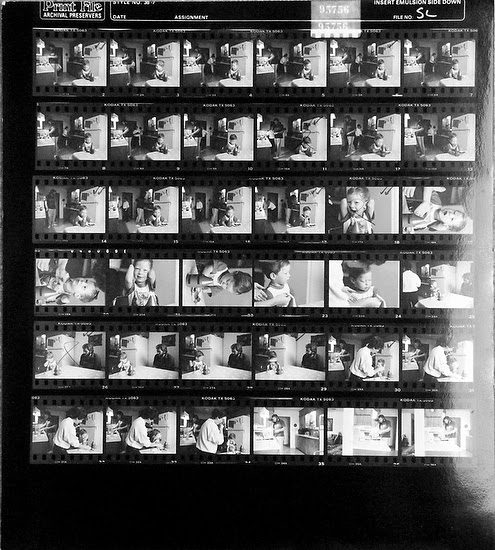Talking of bad photographers, I have often heard it said that one of their characteristics is that they look at their contacts in order to discover which is the best picture, whereas a good photographer examines each frame on a contact sheet and asks: why is this one not a good picture?
[Jay, Bill; Hurn, David (1997-10-01). On Being a Photographer]
I am reading the book On Being a Photographer. You can get the Kindle version through Amazon for $5.95.
The book is in its third edition; I cannot recommend this enough for young and seasoned photographers.
Here is a link for you to get the book.
The Atlanta Photojournalism Seminar had Jay Maisel down to speak one year. He had recently switched to digital and loved it. I remember we were talking, and he pulled out of his breast pocket a memory card case and said this was all he needed compared to all the instances of the film he used to have to take on jobs.
Then he talked about his shooting the day before around his place in New York City. He pulled up his camera and gave it to me to look through what was the raw take.
David Hurn’s experience and mine have been that bad photographers don’t want you to see their raw take, whereas the seasoned pro welcomes it.
Jay Maisel demonstrated it by just giving me his camera and letting me look through the images.
In the book, Hurn talks about the “Contact Sheet.” Well, for the most part, these are things of the past when we all shot film. For example, most editorial photographers would shoot 36 exposure rolls of film and then make a contact sheet after processing the film.
The “Contact Sheet” was our first time seeing the images. Of course, now you can look at the back of your camera and see individual photos, but ingesting your pictures into a browser like PhotoMechanic or Lightroom lets you see the entire take as a whole, which is where you learn more than any other place in photography.
There are a few things seasoned pros all have in common, no matter what we shoot.
Most will shoot a frame or two as notes to themselves. It is common to see a scoreboard during a sporting event, so I know when something happens in the game. The play-by-play notes that I have at the game that I can access after the event will help me match the frame up to the time clock. Also, it makes it easier to write a better caption.
It is also common for me to shoot a frame that is just personal notes for myself.
While shooting a subject, things will change to where you will see the photographer explore the topic. So while the audience will only see maybe one photo of a scene as the final selection, the photographer didn’t just walk up, see it and click.
Assuming photos are just one click is what most bad photographers and beginners think or do themselves. As a result, they fail to explore the subject.
If it is a static subject like the Lincoln Memorial, the photographer will walk around it looking for an angle that evokes the emotion they feel. Then, they may come back later and shoot it at night, as I did here many years ago.
As we look at all the images we took before making corrections, the seasoned pros will look consistent in exposure, sharp and good color. Then the pro will go from frame to frame, pondering what they could have done to improve the photo.
Should I have stepped to the left or right more? Should I have been closer or further back? What would it have looked like with a different lens?
When the subjects are moving, I look for a moment when everything is coming together to a peak moment. Enlarge the first photo at the top of the grid of images. Then look from frame to frame. Which picture is better than another photo, and why? Now, if you were there and knew what I was trying to capture because of the conversation, this would help guide you to pick the photo that best communicates.
What happens if I realized that the photo would have been better if I had done something small? A moment is what most seasoned pros will tell you. They are looking for the perfect print and realize there is so much they cannot control that they only get close.
If the subject is static, there is less room for not getting it perfect, but when the subject is moving and you are capturing life as it happens, you get close and rarely obtain the ideal image.
By studying the contact sheet or thumbnails in a group, we can know how to anticipate better rather than react the next time we encounter something similar.
The more you study the whole take and evaluate your work, the more you realize how vital planning will help you do a better job next time.
Another thing most seasoned pros do is, after reviewing their work, they put it away for a couple of days when possible.
Giving yourself some downtime serves to distance me from the emotion of the picture-taking moment so that I am better able to see the image dispassionately. Too often, when we look at our pictures, we remember the event’s excitement, which becomes mixed up with our calm judgment of the results. Then again, if an image was tough to shoot, we justify it: something so hard to achieve must be worthwhile. For these reasons, I like to show the contacts to a photographer I respect. This person is unaware of my feelings, can cut through my memories and fantasies, and will only see what is in the image itself.
– David Hurn
Hopefully, you are starting to see that professional photographer isn’t shooting all the time. However, they are doing a lot of planning and evaluating their work, so the next time they shoot, the odds are more in their favor.




